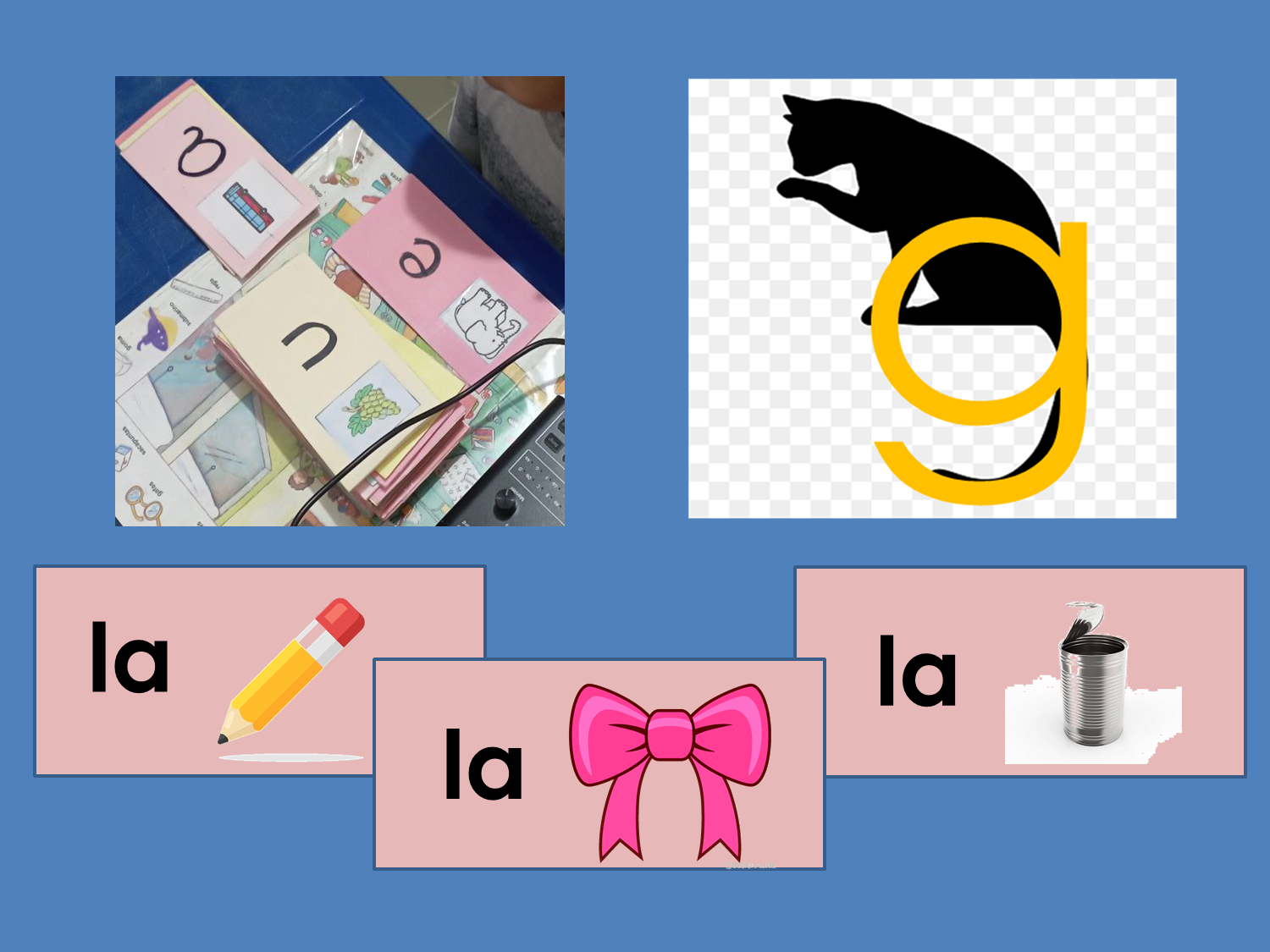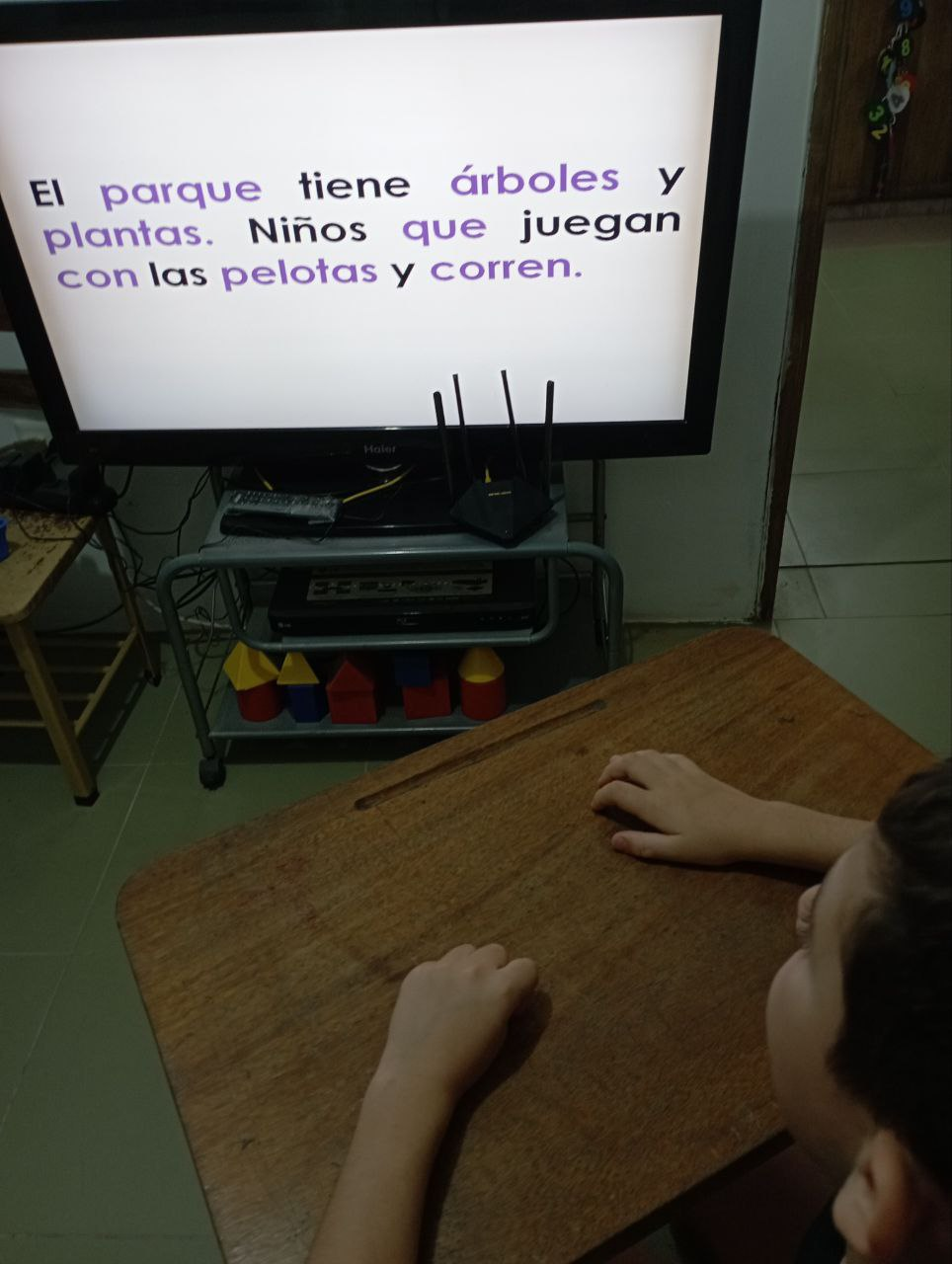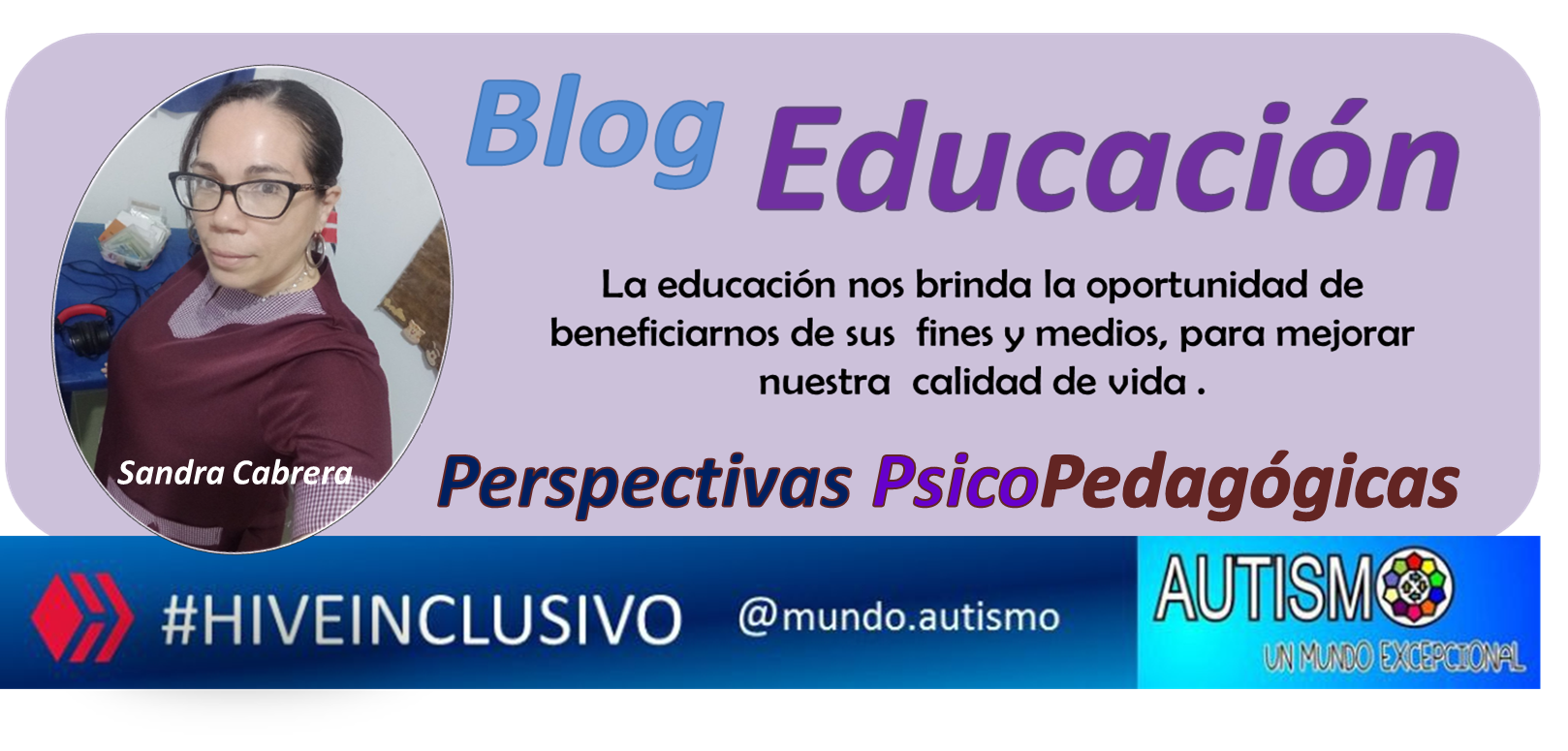

El lenguaje es un área de desarrollo que en el espectro autista está afectada. De hecho, es una de las causas por las cuales la comunicación y las relaciones sociales muestran un grado de dificultad notable. Además, las competencias de lenguaje, en sus dos variables, oral y escrito, son vórtices que coadyuvan el desarrollo del pensamiento, por lo que sus dificultades o los atrasos conllevan al niño autista a realizar notables esfuerzos para comprender actividades relacionadas con el acceso a los significados, como la lectura, por ejemplo.
El lenguaje nos proporciona un marco conceptual para organizar y categorizar nuestros pensamientos…Además, el lenguaje también influye en la forma en que estructuramos nuestros pensamientos. Diferentes idiomas tienen diferentes estructuras gramaticales y formas de expresión, lo que puede afectar la forma en que pensamos y razonamos… Estas diferencias lingüísticas pueden tener un impacto en cómo percibimos y comprendemos el entorno.
[Psicología del pensamiento y lenguaje: influencia y relación]
(https://colegiodepsicologossj.com.ar/psicologia-pensamiento-y-lenguaje/)
La atención auditiva
El desarrollo de competencias lectoras requiere que el niño emplee sus habilidades y destrezas relacionadas con la atención auditiva y visual. Sabemos que los niños autistas tienen fortaleza en el canal visual de aprendizaje; sin embargo, la atención auditiva es diferente. Está relacionada en forma directa con la memoria auditiva, al leer se pone en evidencia esta dualidad, así como la capacidad del niño para comprender los significados que se transmiten por medio de las palabras escritas.
¿Qué es la memoria auditiva y cuál es su importancia?
Es la capacidad de recordar y reconocer sonidos, palabras y frases que se han escuchado previamente. Es importante porque nos permite comprender y procesar información hablada y se relaciona con la capacidad de seguir una conversación, entender instrucciones y recordar información.
Memoria auditiva: En qué consiste e importancia
Fernando Cuetos, uno de los autores prominentes en lengua castellana, asevera que leer no es solo decodificar los grafemas en fonemas; sino también poder llegar a sus significados, ¿qué nos dice el texto, qué nos comunica? Tanto los niños que se inician en el proceso de lectura, así como los que ya tienen un camino adelantado, presentarán diferentes niveles de comprensión para acceder a esta diálogo con el texto, a esta comunicación de significados. En el caso de los niños autistas, este acceso estaría disminuido por sus dificultades en la memoria auditiva, afectada en esta población.
Las personas con autismo frecuentemente tienen dificultades para procesar la información de los estímulos sonoros…La audición es uno de los procesamientos sensoriales de la información alterados generalmente en el autismo. Una persona con TEA puede tener buena capacidad auditiva para escuchar los sonidos, pero su manera de interpretar esta fuente de información puede no ser la adecuada. Es decir, escuchan bien pero muchas veces no entienden lo que escuchan, se produce un fallo en la integración de esa información a nivel cerebral.
Reeducación auditiva en el autismo
Lo importante es saber que cuando estamos ante un proceso como la lectura, complejo por naturaleza, y que además depende, aparte de la comprensión del lenguaje, en importante medida de la atención auditiva, facilitemos el proceso mediante estrategias y actividades que pongan en juego marcadores que faciliten tanto la aprehensión de significados como el análisis del lenguaje a nivel auditivo, sin privar al niño del esfuerzo cognitivo para realizar una actividad de esta naturaleza.

Diferentes tipos de targetas, según el objetivo y la actividad a realizar. Lámina realizada en PowerPoint, contiene una fotografías tomada con mi teléfono Redmi11.

Actualmente, tengo una experiencia bien interesante con R. B., un niño autista de 9 años con quien inicié su aprendizaje de la lectura hace aproximadamente un año. Este proceso ha estado marcado por múltiples interferencias, ya que sus problemas de lenguajes tanto a nivel fonológico, como de comprensión, contenido y uso, dieron base a dificultades que consideré extremadamente difíciles de abordar, siendo necesario acudir a una extensa bibliografía, investigaciones basadas en evidencias, crear materiales, estrategias y actividades para que pudiera iniciar y progresar en su proceso lector.
Actualmente, estoy trabajando con varias teorías. Pero principalmente son dos, el modelo de doble ruta de acceso al léxico y las dislexias, de Fernando Cueto, que puedes leer en este texto de la Fundación Dialnet; y los trastornos alofónicos (La percepción alofónica es una discrepancia entre el proceso de identificación basado en límites fonológicos específicos y los procesos de discriminación basados en límites psicoacústicos universales) en el español, paradójicamente como lengua transparente.

Tarjetas y materiales para dearrollar actividades de lectura. Fotografías tomadas con mi teléfono Redmi11

Ambas teorías comparten axiomas o principios, sobre el español, sus desviaciones (dislexias), las dificultades alofónicas y el manejo de unidades mínimas de análisis o pares mínimos: las sílabas. Otro aporte que me ha facilitado valiosos recursos metodológicos, ha sido el trabajo de Esther Gómez Zapata, Sylvia Defior y Francisca Serrano, en Mejorar la Fluidez Lectora en Dislexia: Diseño de un Programa de Intervención en Español, de donde tomé elementos para anexar a mis prácticas psicopedagógicas de rehabilitación del proceso lector.
A continuación les comparto algunas de las rutinas psicopedagógicas principales que he realizado a los largo del período antes mencionado y que nos han ayudado, a R. B y a mí, a salir adelante.
-Construí unas tarjetas en PowerPoint para acompañar todas las letras del alfabeto con una imagen que recuerde su pronunciación fonológica; pero también que se pudiera anclar a una imagen representativa en cada caso.
-Construí tarjetas donde la sílaba inicial se apareja con tantas imágenes como sea posible.
-Escuchar la propia lectura a través de dispositivos audio visuales (amplificadores, audífonos).
-Acompañar los verbos con su acción.
-Contrastar la lectura con un modelo.
-Al leer, colocar cada palabra con un color diferente. Esto me permitió superar varios objetivos: manipular la cadena oral del lenguaje en forma diferenciada, tangible y visual, ya que sólo a nivel auditivo es más difícil hacerlo.
-Realizar lectura repetida.
-Lectura con modelo.
-Descomponer el texto en oraciones, palabras y pares mínimos.

Lectura de oraciones, con marcadores visuales.

Son algunos de los recursos y rutinas que he organizado y estructurado con base en objetivos que ejecuto bajo una rigurosa disciplina. La sistematización del trabajo es parte de las propuestas realizadas en Percepción alofónica en la dislexia: una revisión; sin embargo, es preciso tener y manejar las teorías para no perderse en las actividades. Igualmente, no a todos los niños les benefician las mismas secuenas y actividades, ya que fundamentalmente se elaboran una vez realizada la evaluación del proceso lector. Lo más difícil a lo que me he enfrentado ha sido la organización del material y la secuencia de actividades alrededor del objetivo: mejorar el proceso lector.
Actualmente el proceso de decofificación de R. B. va mejorando y progresando (vía fonológica), así como el componente de comprensión; sin embargo, el reconocimiento de la palabra como unidad visual (vía directa) sigue estando algo rezagado, lo que me indica que tengo que priorizar esta vía en el proceso de rehabilitación.

Soy Sandra Cabrera, licenciada en Dificultades para el Aprendizaje, con estudios de postgrado en Educación Especial Integral, Planificación Educativa y Literatura Infantil. Si te interesan los temas sobre educación especial, la discapacidad y las condiciones especiales del desarrollo, puedes contactarme a través de los números 04128032993 y 0412 8333334 y en:
El canal de Telegram, Trastornos del Aprendizaje.
En las redes sociales Instagram y Facebook1 y Facebook2. Sandra Cabrera Psicopedagoga.
En la cuenta de spreaker, @sandracabrerapodcast.
Traducciòn realizada con Google.


Language is an area of development that is affected in the autism spectrum. In fact, it is one of the reasons why communication and social relationships show a notable degree of difficulty. In addition, language skills, in both their oral and written variables, are vortices that contribute to the development of thought, so their difficulties or delays lead the autistic child to make notable efforts to understand activities related to access to meanings, such as reading, for example.
Language provides us with a conceptual framework to organize and categorize our thoughts… In addition, language also influences the way we structure our thoughts. Different languages have different grammatical structures and forms of expression, which can affect the way we think and reason… These linguistic differences can have an impact on how we perceive and understand the environment.
[Psychology of thought and language: influence and relationship]
(https://colegiodepsicologossj.com.ar/psicologia-pensamiento-y-lenguaje/)
Attention auditory
The development of reading skills requires the child to use his or her skills and abilities related to auditory and visual attention. We know that autistic children have strengths in the visual learning channel; however, auditory attention is different. It is directly related to auditory memory. When reading, this duality is evident, as well as the child's ability to understand the meanings conveyed through written words.
What is auditory memory and what is its importance?
It is the ability to remember and recognize sounds, words and phrases that have been heard previously. It is important because it allows us to understand and process spoken information and is related to the ability to follow a conversation, understand instructions and remember information.
Auditory memory: What it consists of and importance #[Pixabay](https://pixabay.com/es/illustrations/carta-ni%C3%B1a-leer -cuadro-1077860/)
# Fernando Cuetos, one of the prominent authors in the Spanish language, asserts that reading is not only about decoding graphemes into phonemes; but also being able to reach their meanings. What does the text tell us, what does it communicate to us? Both children who are beginning the reading process, as well as those who are already well advanced, will present different levels of comprehension to access this dialogue with the text, this communication of meanings. In the case of autistic children, this access would be diminished by their difficulties in auditory memory, which is affected in this population.
People with autism frequently have difficulties processing information from sound stimuli… Hearing is one of the sensory processing of information generally altered in autism. A person with ASD may have good hearing ability to hear sounds, but their way of interpreting this source of information may not be adequate. That is, they hear well but often do not understand what they hear; there is a failure in the integration of that information at the brain level. Auditory re-education in autism
The important thing is to know that when we are faced with a process such as reading, which is complex by nature and which also depends, apart from the comprehension of language, to a significant extent on auditory attention, we facilitate the process through strategies and activities that bring into play markers that facilitate both the apprehension of meanings and the analysis of language at the auditory level, without depriving the child of the cognitive effort to carry out an activity of this nature.

Different types of cards, depending on the objective and the activity to be carried out. Slide made in PowerPoint, contains a photograph taken with my Redmi11 phone.

Currently, I have a very interesting experience with R. B., a 9-year-old autistic boy with whom I started learning to read about a year ago. This process has been marked by multiple interferences, since his language problems at the phonological level, as well as in comprehension, content and use, gave rise to difficulties that I considered extremely difficult to address, making it necessary to resort to an extensive bibliography, evidence-based research, create materials, strategies and activities so that he could start and progress in his reading process.
Currently, I am working with several theories. But there are mainly two: the model of the double access route to the lexicon and dyslexias, by Fernando Cueto, which you can read in this text from the Dialnet Foundation; and allophonic disorders (Allophonic perception is a discrepancy between the identification process based on specific phonological limits and the discrimination processes based on universal psychoacoustic limits) in Spanish, paradoxically as a transparent language. #

Cards and materials to develop reading activities. Photos taken with my Redmi11 phone

Both theories share axioms or principles about Spanish, its deviations (dyslexias), allophonic difficulties and the handling of minimum units of analysis or minimal pairs: syllables. Another contribution that has provided me with valuable methodological resources has been the work of Esther Gómez Zapata, Sylvia Defior and Francisca Serrano, in Improving Reading Fluency in Dyslexia: Design of an Intervention Program in Spanish, from which I took elements to add to my psychopedagogical practices of rehabilitation of the reading process.
Below I share with you some of the main psychopedagogical routines that I have carried out throughout the aforementioned period and that have helped R. B and me to get ahead.
-I built some PowerPoint cards to accompany all the letters of the alphabet with an image that recalls their phonological pronunciation; but also that could be anchored to a representative image in each case.
-I made cards where the initial syllable is paired with as many images as possible.
-Listen to the reading itself through audio-visual devices (amplifiers, headphones).
-Accompany the verbs with their action.
-Contrast the reading with a model.
-When reading, place each word with a different color. This allowed me to overcome several objectives: manipulate the oral chain of language in a differentiated, tangible and visual way, since it is more difficult to do so only at an auditory level.
-Perform repeated reading.
-Reading with a model.
-Break down the text into sentences, words and minimal pairs.

Reading sentences, with visual markers.

These are some of the resources and routines that I have organized and structured based on objectives that I execute under rigorous discipline. The systematization of the work is part of the proposals made in Allophonic perception in dyslexia: a review; however, it is necessary to have and handle the theories so as not to get lost in the activities. Likewise, not all children benefit from the same sequences and activities, since they are fundamentally developed once the reading process has been assessed. The most difficult thing I have faced has been the organization of the material and the sequence of activities around the objective: to improve the reading process.
Currently, R. B.'s decoding process is improving and progressing (phonological pathway), as well as the comprehension component; however, the recognition of the word as a visual unit (direct pathway) is still somewhat behind, which indicates to me that I have to prioritize this pathway in the rehabilitation process.*

I am Sandra Cabrera, a graduate in Learning Difficulties, with postgraduate studies in Comprehensive Special Education, Educational Planning and Children's Literature. If you are interested in topics about special education, disability and special developmental conditions, you can contact me through the numbers 04128032993 and 0412 8333334 and at:
The Telegram channel, Learning Disorders.
On social networks Instagram and Facebook1 and Facebook2. Sandra Cabrera Psychopedagogue.
On the spreaker account, @sandracabrerapodcast.
Translation done with Google.
